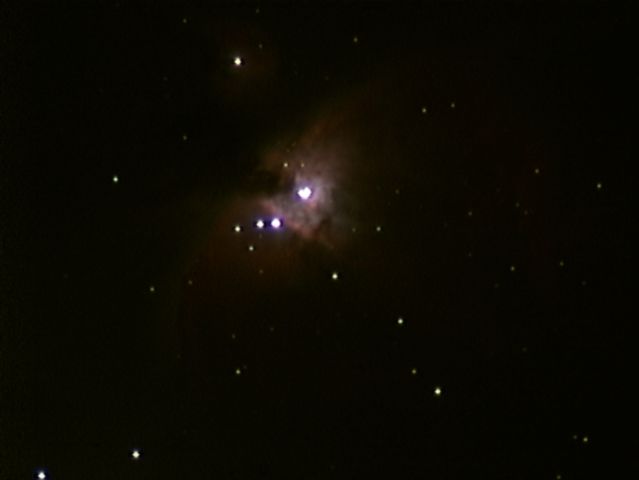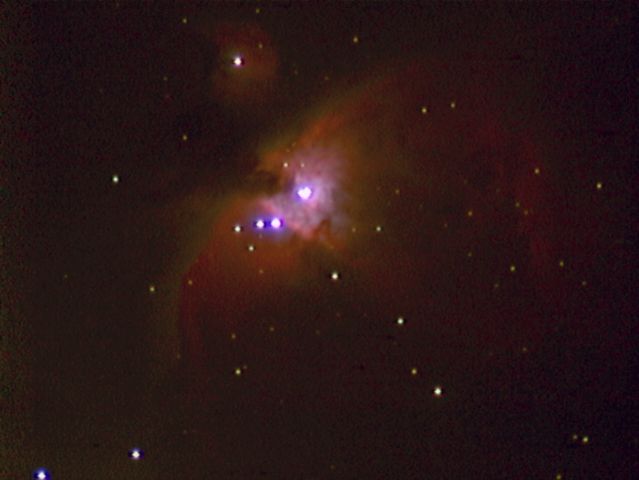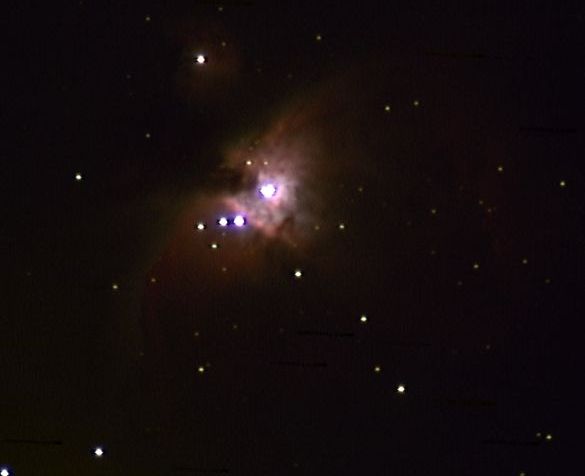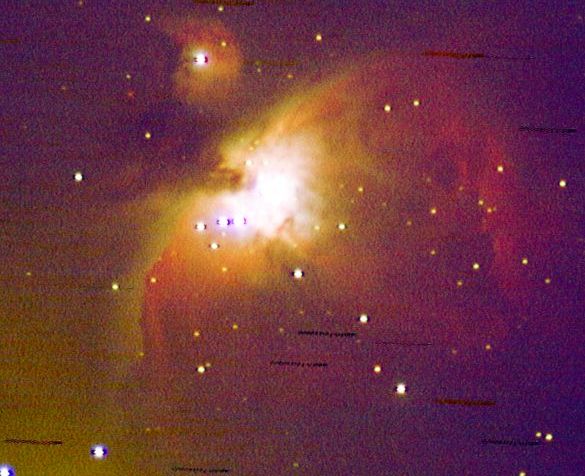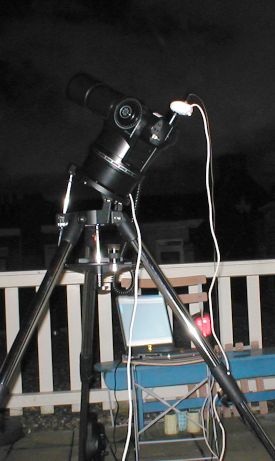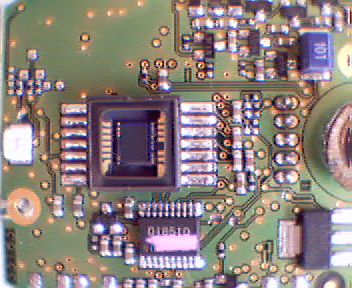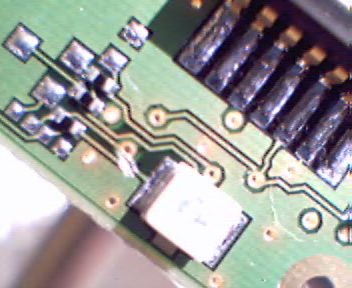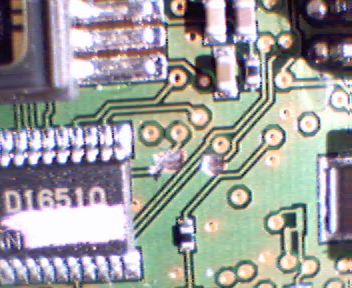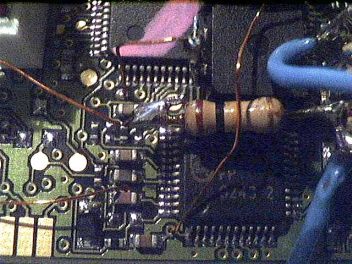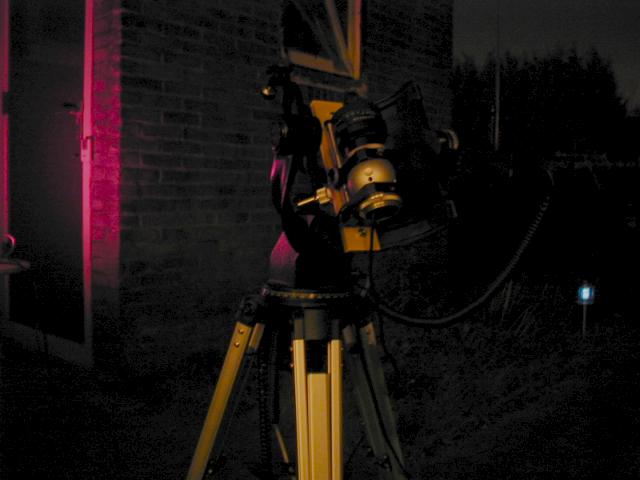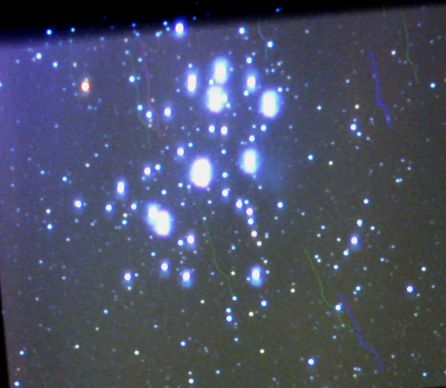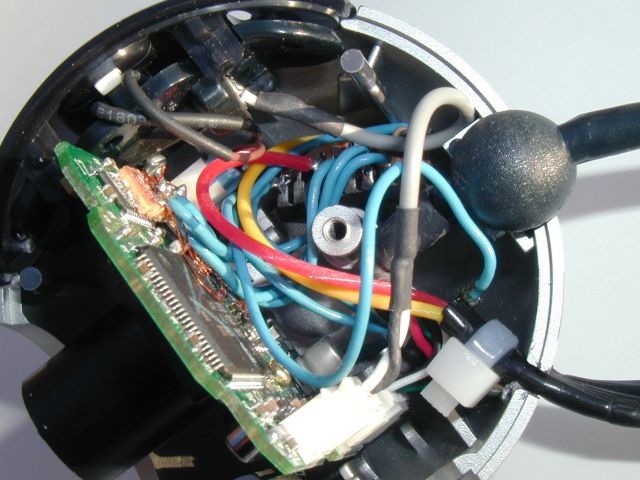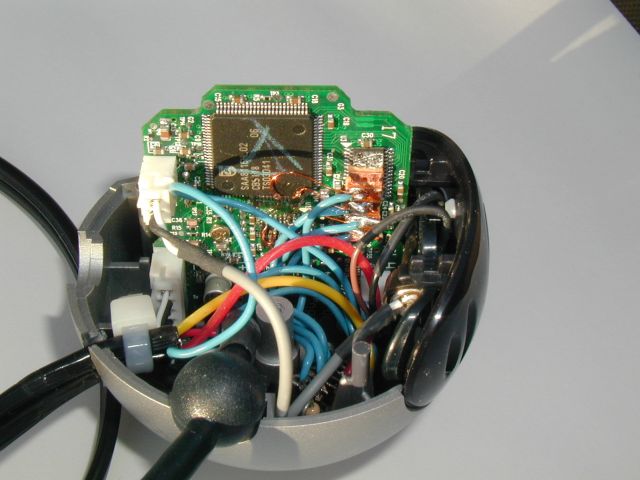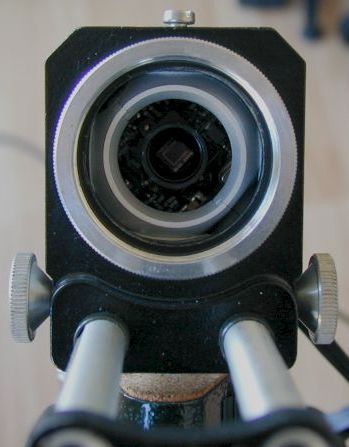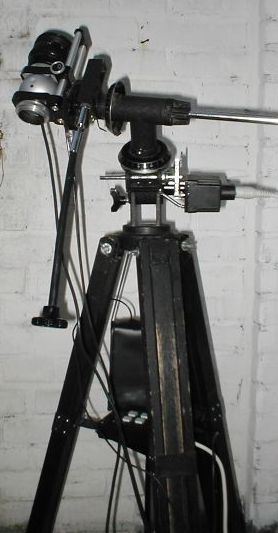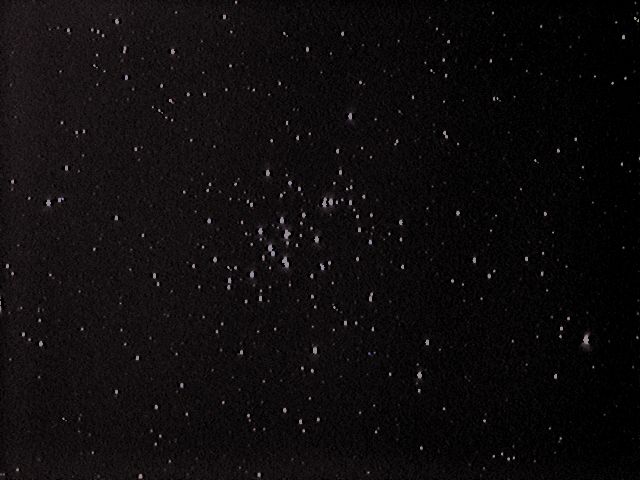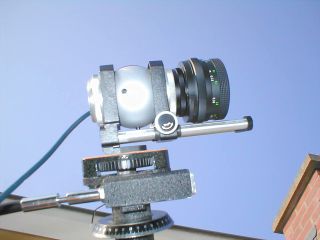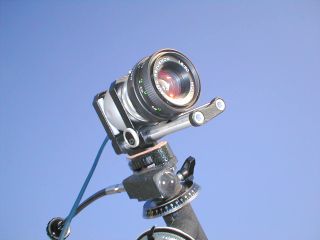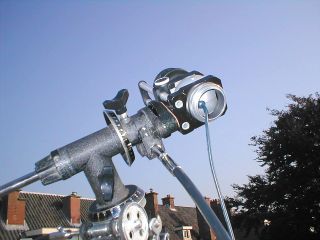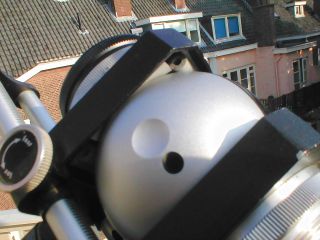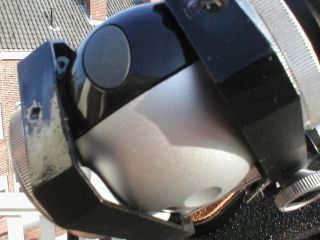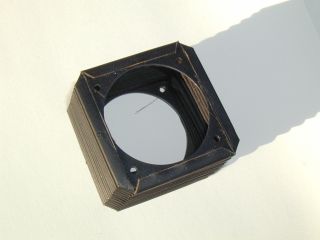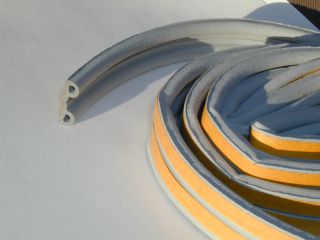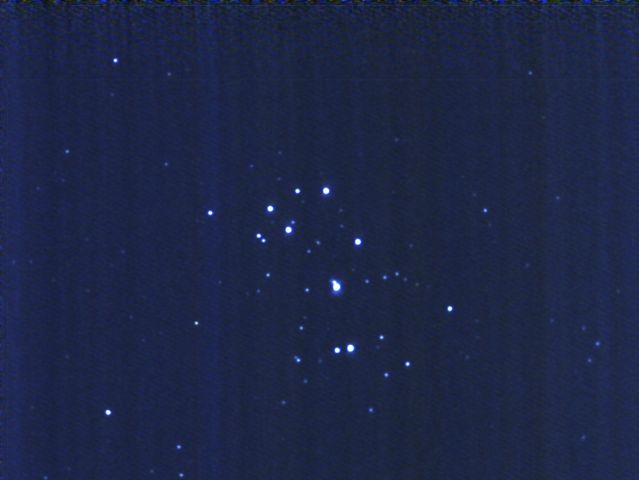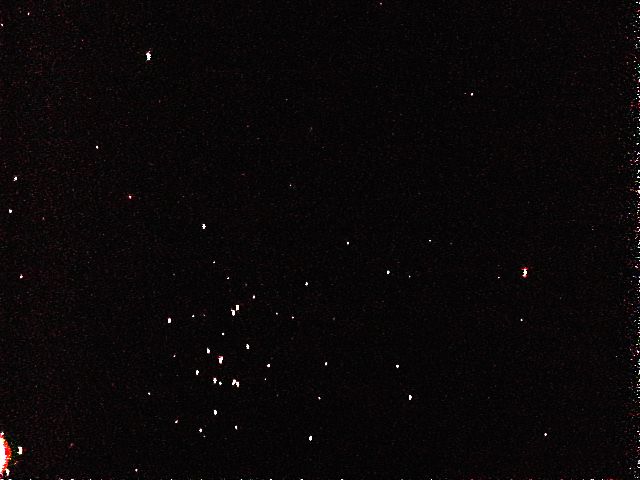Just lately, I spent some more time with the device, shame on me.
You may know that I do live in the Netherlands, one of the worlds most light-polluted regions. On top of that, we have pretty murky skies in general. Not the best for astro-stuff.
Having earned my astronomy degree in the field of open stellar clusters, stellar matter was always interesting to me. Most astrophotographers are focused on colorful images of nebulae, which I do appreciate myself too.
Colorful, i.e. full spectrum images, require a pretty clear sky. Again, no such thing in NL.
Some weeks ago, I ordered 800nm IR pass-band filters. Those arrived lately. Certainly those are not really narrow-band, but that's OK.
The main idea was to use the filter(s) in front of the Dwarf-II's telescopic lens.
The Dwarf-II has an option to pass IR to the sensor. This has got some implications:
The Dwarf-II has an option to pass IR to the sensor. This has got some implications:
First of all, IR light can reach the sensor (daaahhhh!). Not so fast, all other smart-telescopes do not let IR trickle their sensor.
Secondly, this enables an almost monochromatic imaging mode when used with an IR band-pass filter. Well, that is exactly what I described above.
Thirdly, IR astronomy still works in murky conditions, somehow at least.
A minor forth point might be that the RGB-filters on the image sensor might not have a great effect on IR radiation, thereby keeping up the resolution of the sensor.
Why am I so enthused about monochromatic imaging? When taking images of full-spectrum radiation sources, such as star and galaxies, one does not need any other "colors". The particular advantage is that all light from a source will be focused at the same place on the sensor, i.e. not chromatic aberration issues.
The added benefit of IR is of course the reduced influence of the atmosphere.
However, when collecting images one needs to understand that the portion of light collected is restricted. Therefore, one might consider to experiment with amplification.
The following images are screen-captures from my table during acquisition. There is no post-processing involved at all. You also see a photo of the sky conditions during the data acquisition.
 |
| stack with statistics |
 |
| spectrogram and curve |
 |
| conditions during data acquisition |










